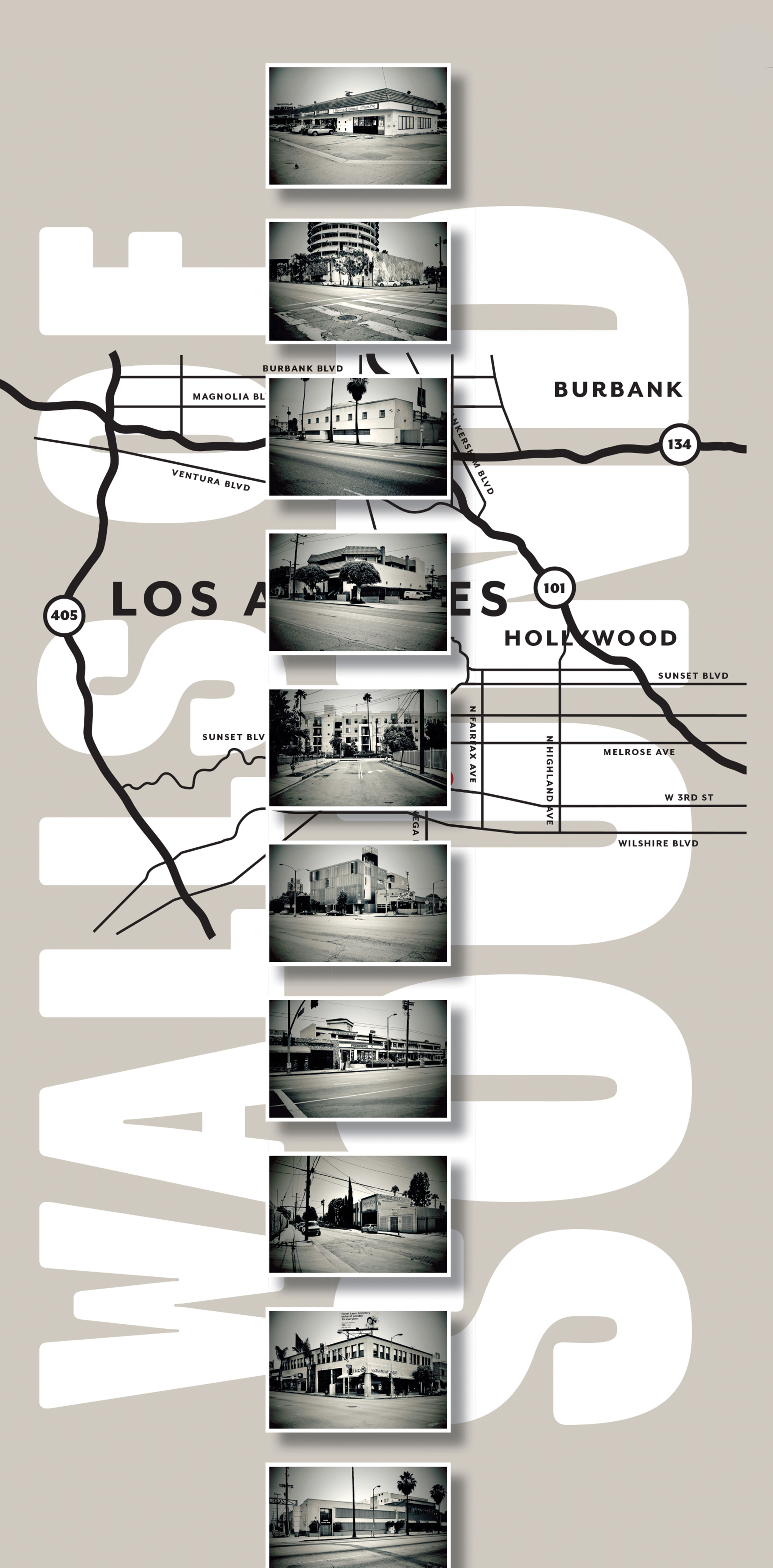Anyone familiar with the iconic Roland Juno-6 or 60, will know and love the analog bucket brigade (BBD) chorus effect that is part of that instrument. Now that classic effect is available as part of a standalone pedal from TC Electronic. Like the original, the June-60 uses an analog bucket brigade chip to generate the chorus effect, and like the original, there are just two buttons (labeled I and II) that change the effect to one of two variations with a third variation possible by hitting both buttons simultaneously. This thick chorus effect is part and parcel of the Juno series and now you can run anything through it which is exciting. The original Junos had both a mono output jack, plus a second output jack that created a stereo output when both were used – the chorus effect is a big part of the stereo imaging with the original Junos. The TC Electronic June-60 has a switch for mono or stereo, but instead of two output jacks has one TRS jack that can output unbalanced audio in stereo or mono. If I have one major quibble with this pedal, it’s the jack, as it requires an adapter cable (TRS to two mono TS cables) to operate in stereo mode. I would have gratefully paid a bit more to have two separate output jacks.
Speaking of cost, TC Electronics is part of the Music Tribe network who also make Behringer gear, so they can now take advantage of their huge manufacturing network by offweinf gear at insanely affordable prices. Case in point: the June-60 is under $50 street price – super cheap for a real analog chorus.
All minor quibbles aside, how does the June-60 sound? In a word, great! I ran my vintage Juno-6 into a track in my DAW and tracked a basic pad with all three chorus settings. Then I took the Juno-6 mono and ran it into the June-60 with the stereo output and did the same track with the three chorus settings, and compared them to the Juno-6 tracks. The results were very similar, but with a few key differences. While the June-60 nails the basic sound of the Juno chorus, the new pedal is much brighter than the vintage Juno. This could of course be because the Juno is several decades old and might need recapping, but if you’re trying to match the vintage vibe, you might need to roll off a little top end. Secondly, the stereo imaging on the vintage Juno is much wider than the June-60. We tried several different adapters and switched between mono and stereo modes to make sure we were set up right, but in the end it’s just not as wide of an image as the original Juno chorus. Both modes I and II sounded very similar on each unit, but the both buttons in mode was very different on each unit. The vintage Juno was a faster, rhythmic chorus than either I or II, but on the June-60, the vibrato effect was arhythmic while sounding a bit messed up and glitchy. I liked the June-60 all buttons in mode better than the vintage version, it just sounded more interesting to my ears and felt like something I would use more often.
I really enjoy simple pieces of gear that just do one thing well. At under $50, I’m definitely buying this review unit, and I’m sure it will get used on a lot of sessions.




_disp_horizontal_bw.jpg)